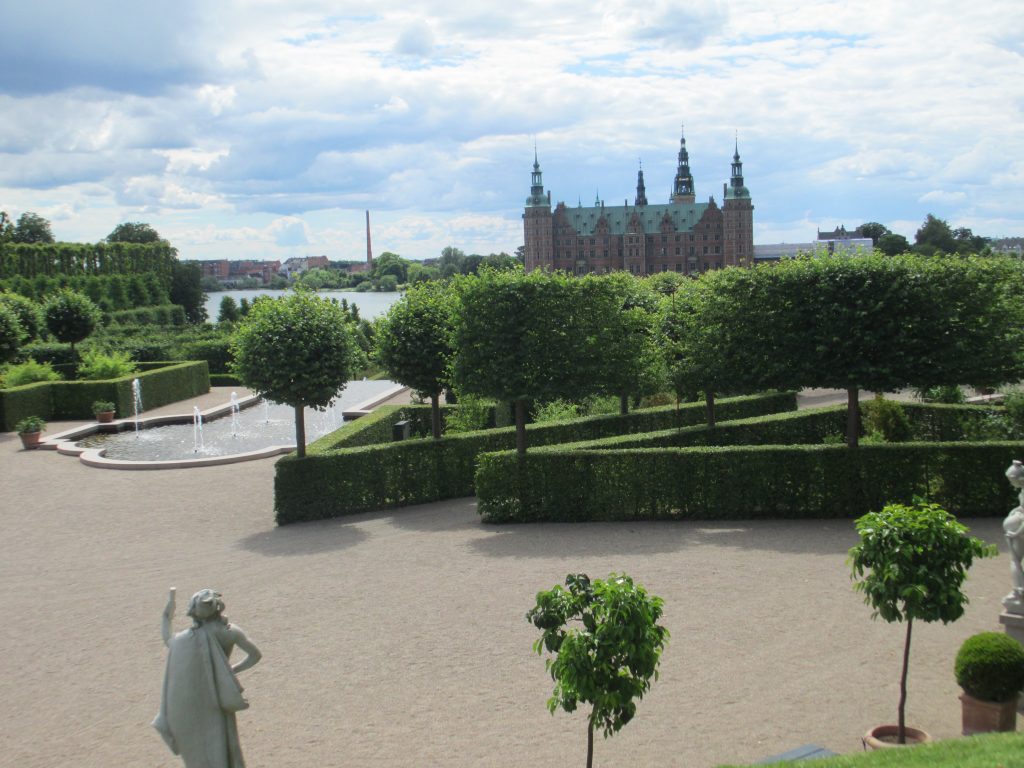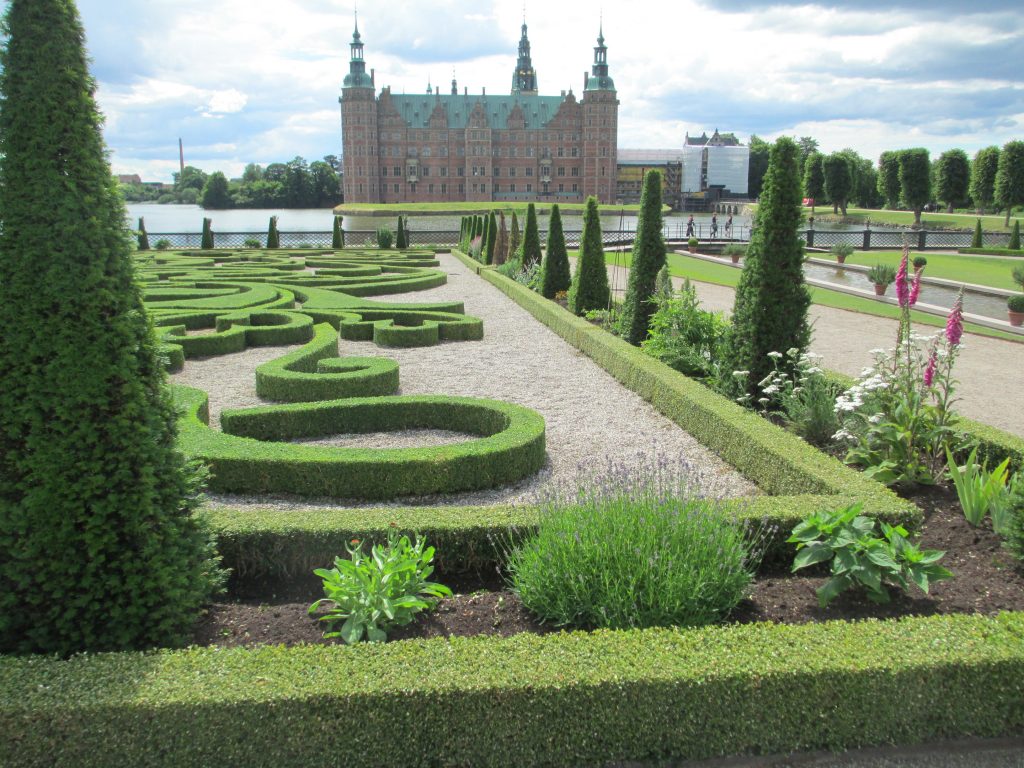Introduction


It is hard to imagine a traditional historical garden that does not have a hedge. From early Roman gardens to Italian and French parterres and walled bosques to the garden rooms of Sissinghurst and Hidcote, hedges add structure, architectural lines, and provide a protective backdrop for flowers and humans. Hedges were originally planted to protect property, control animals, and often provided a source of coppiced wood for heating. From functional to classic garden elements, hedges can outlive humans. Although formal hedges in the U.S. may be decreasing due to their high maintenance, recent research shows hedges provide critical ecosystem services, especially in urban areas (Blanusa, 2019). This article provides a brief history of hedge displays in the U.S., especially at the Minnesota Landscape Arboretum, and a glimpse at the cultural significance of these iconic landscape plants.

